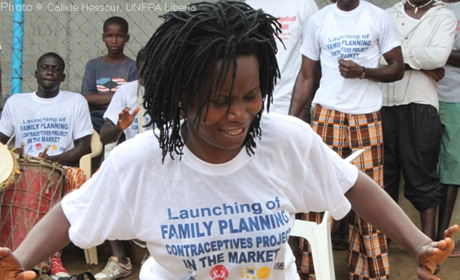Key humanitarian results 2020

Número de clínicas móviles

Functional health facilities supported by UNFPA that provide Emergency Obstetric Care (EmOC)

Personnel trained on clinical management of rape

